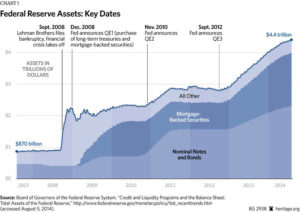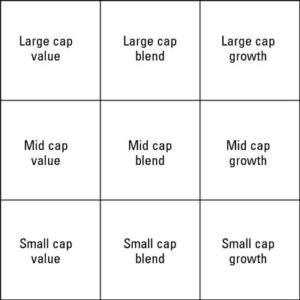Typically I don’t like to opine on things until they become facts. However, it looks like the new tax code starting in 2018 will involve at least some limitation (if not total elimination) of the Federal exemption for State and Local Taxes (SALT). If this comes to pass, I think it will accelerate the migration of wealth from high-tax states to low-tax states. Furthermore, I think the hardest-hit states will be the Northeast and Illinois, and the greatest beneficiary will be Florida, which has no state income tax. Texas will also benefit because it is a huge jobs engine, but the aging Northeast population will migrate to Florida. California will also be hurt, but at least California has nice weather. Someone living in the Northeast (New York, New Jersey, and Connecticut primarily) who has to live through the hot, humid Summers and the cold, snowy, slushy Winters, and now has to pay an extra 10%-15% to the government will be more motivated to pack up and move South, to warmer weather and lower taxes.
The Great Progressive Tax Escape
On November 13, 2017, the Wall Street Journal published an op-ed titled “The Great Progressive Tax Escape.” Here is a link to it:
https://www.wsj.com/articles/the-great-progressive-tax-escape-1510614707
The article researched changes in Adjusted Gross Income (AGI) from tax returns filed in New Jersey, Connecticut, Illinois, and Florida from 2012 to 2015. Analyzing changes in AGI is a good way to filter how wealthy people migrate. As you may have surmised, the article showed that AGI is already declining in the high tax states (NJ, CT, and IL), and increasing in the zero tax state (FL). To me, this proves that people, and wealthy people, in particular, do actually adjust their behavior and pick up and move because of already-high taxes. Keep in mind the SALT deduction was still in effect for 2012 to 2015. Just think what the Delta AGI will be like if the SALT deduction is taken away! The Southbound lanes of I-95 could be very crowded.
That people are moving to Florida in droves is not exactly headline news – it has been happening for many years. People like to live in a warmer place. However, what is a new development is the increasing level of state and local taxes. This includes property taxes, which typically fund schools and Medicare. As the population has declined, especially in rural areas in high tax states, property taxes have ballooned. More tax revenue is needed from the remaining population to pay for the increasing school and Medicare costs. Some of the states with the highest income taxes also have among the highest property tax rates.
Update: Check out this recent Bloomberg article that addresses certain hedge funds moving to Florida: https://www.bloomberg.com/news/articles/2017-11-27/in-greenwich-and-manhattan-tax-hike-fears-fuel-talk-of-exodus
How Do I Profit?
The most direct way to profit from this upcoming trend (if you agree with me) is to move there yourself if you are now living in a high tax state. Just by moving there, and assuming you keep a job that pays the same (I know, big If), you have given yourself a raise equivalent to the State taxes you used to pay. Next, buy a home or condo in Florida; it is likely to appreciate, all things being equal. Worried that Global Warming will flood the coasts? Buy a home inland, in a place like Orlando. Your kids and grandkids will love living near Disneyworld. St. Joe (NYSE: JOE) is a publicly-traded landowner and homebuilder in Florida, but its stock has not done great over the past year, so I don’t believe it is your best Florida pure play. Next Era Energy (NYSE: NEE) is a Florida utility that has a $73 Billion market cap and has done very well – up about 38% in the last 12 months and paying about a 2.5% dividend.
IMO
The prognosis is not good for high tax states. I believe the exodus from high tax to low tax states will accelerate if the SALT deduction is limited or eliminated. I am not necessarily advocating changing your investment portfolio as a result. I am only pointing this out as a trend that I think will play out over the next several years.


